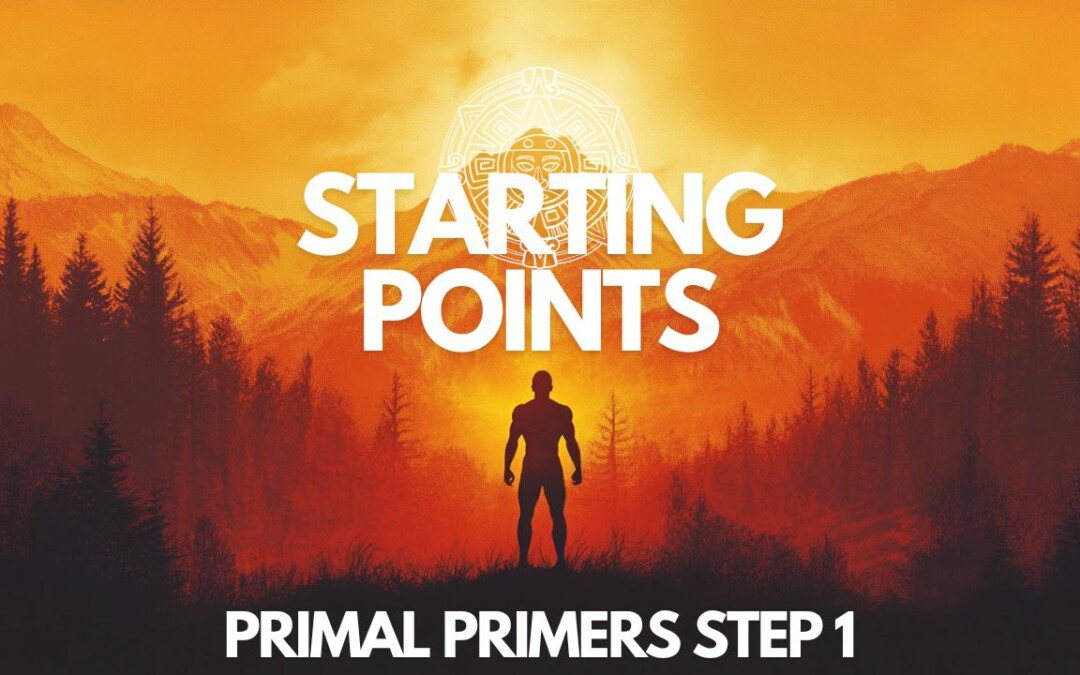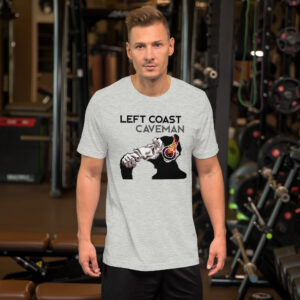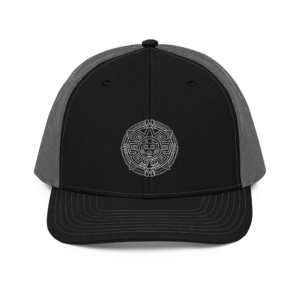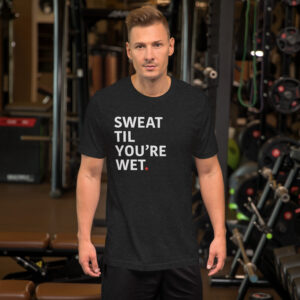Acknowledging this may be interpreted as controversial and highly debated stance, but strong rhetoric is needed to correct an idea approaching pre and post workout routines. The goal here is to chisel away stone from the monument we have constructed to static stretching (including the idea that we need to do more), and hammer out a replacement effigy. The cascading clearing of dust should reveal to us a more efficient, protective, and effective method for training preparation (warming up) and post work training (cooling down).
Why do we stretch in the first place? Most contend that static stretching 1. makes us more flexible, 2. protects us from injury, & 3. prepares muscle tissue for training. And as volumes of research continue to empirically challenge and compare other modalities, results are increasingly suggestive that static stretching is the least effective at those three goals.
Dynamic Stretching
Actively moving through full range of motion with a stretch. Unlike static stretches it delivers increased blood flow to focused muscles and can mobilize entire joint systems. With thoughtful design, mindfully targets ranges of motion involved in the upcoming training session; priming the neuromusculature system. Also, when used before training it doesn’t appear to affect force generation (which static stretching can do if holding for >60 sec).
Examples:
Cossack squat, hing to squat, worlds greatest stretch, band pass throughs, swimmers stretch, and many BJJ body weight flows.
Loaded Stretching:
Using loads (weight or bands) to instigate tension and increase gravity pull on targeted muscles that are to be lengthened. Not only is this a more effective way to lengthen muscles (AKA flexibility), but also safer as the tension of the stretch is distributed on muscles and not just tendons and ligaments. Loaded stretches are a large focus of the ATG system and for good reason as not only will it provide faster results for flexibility, but also a strengthening aspect due to focused weighted eccentrics. Being strong and balanced in all phases of a rep is a form of protective insurance that is reckless to lift without.
Examples: weighted ATG Split Squat, barbell or kettle bell good mornings, Jefferson curls, Romanian iso dead lift, loaded calf stretch, active bar hanging, dumbbell pull overs, thoracic extensions, loaded Bulgarian split squat, and goblet squat holds.
Dynamic & loaded stretching are a technology that most effectively increase ones flexibility, injury insulation, and strengthens / rebalances. Although, I’ve likely committed an open act of heresy in the eyes of many by claiming one should not engage in static stretching, I must say that there is indeed a place for static stretching (yoga / meditation, and length tension corrections) but ideally applied from a distance of the standard training day. I will post an article in greater detail soon, more to come.














